Sierra Leone

In the aftermath of the civil war, poverty has become intensified with the most disadvantaged people being refugees or those who had been internally displaced. Many are young people - especially former combatants, sexually abused young women and single mothers.
The US Department of State's 2012 Human Rights Report indicates that "major human rights problems included prolonged detention and imprisonment under harsh and life-threatening conditions in prisons and jails; widespread official corruption in all branches of government; and trafficking in persons, including for child labor". Other human rights violations were abusive treatment by police and discrimination and violence against women and girls.
Sierra Leone is currently making progress towards economic stability, reconstruction and stabilization, although it is still considered a fragile state and there are huge issues of poverty and corruption yet to be tackled.
Endless Hope for Children (EHFC)

EHFC applied to Orphanages for Africa for assistance in 2006. OFA provided humanitarian assistance for rent, school fees and food, as well as making shipments of clothing. Due to lack of funds we were sadly unable to provide assistance during the first part of 2007 and EHFC was forced to place the children in temporary foster homes as they were unable to pay the rent for the orphanage. However, the very next month someone donated a building to house the project! The building was in need of a great deal of repair and OFA provided funds to purchase cement for the structure. The repairs are now finished, thanks to local support.
In 2007 OFA provided funds for school fees and all the young people attended school - two are also currently attending a university. In addition, a Government physician is providing free medical care. Small scale farming is helping to meet EHFC's needs and after submitting a proposal for a livestock micro-enterprise program to OFA, we have approved plans for a business in raising goats. We received a large donation to launch this project.
A new project focuses on matching children with foster families so the orphanage can serve as a temporary dwelling for new children prior to being assigned a foster family. Regular monitoring of foster families will be conducted by social workers. Potential foster families are requesting assistance with school fees and OFA has added this partner to our child sponsorship program to pay for these. The children at the orphanage are now eating three meals a day thanks to sponsorship and some orphans who had left returned to the orphanage when they found out food was plentiful! OFA provided funding for chickens and the children now have eggs and meat in their diet. Specific needs at this time include beds, dishes and construction of a well, outdoor kitchen and toilet.
Sources:
- Rural Poverty Portal. Rural Poverty in Sierra Leone. http://www.ruralpovertyportal.org/country/home/tags/sierra_leone (accessed Sept. 22, 2013).
- The World Bank. Sierra Leone. http://data.worldbank.org/country/sierra-leone (accessed Sept. 22, 2013).
- Wikipedia. Sierra Leone. http://en.wikipedia.org/wiki/Sierra_Leone (accessed Sept. 22, 2013).
- U.S. Department of State. 2012 Human Rights Reports: Sierra Leone. http://www.state.gov/j/drl/rls/hrrpt/2012/af/204163.htm (accessed Sept. 22, 2013).
- UNAids. Sierra Leone. http://www.unaids.org/en/regionscountries/countries/sierraleone/ (accessed Sept. 22, 2013).
- Unicef: Childinfo. http://www.childinfo.org/hiv_aids_orphanestimates.php (accessed Sept. 22, 2013).


In Brief:
- 70% of the population live in poverty. The average yearly income is $580 US.
- Sierra Leone is home to 6 million people with an average life expectancy of 48 years.
- 49,000 people are living with HIV.
- There are 310,000 orphaned children between the ages of 0-17; 18,000 as a result of HIV.

